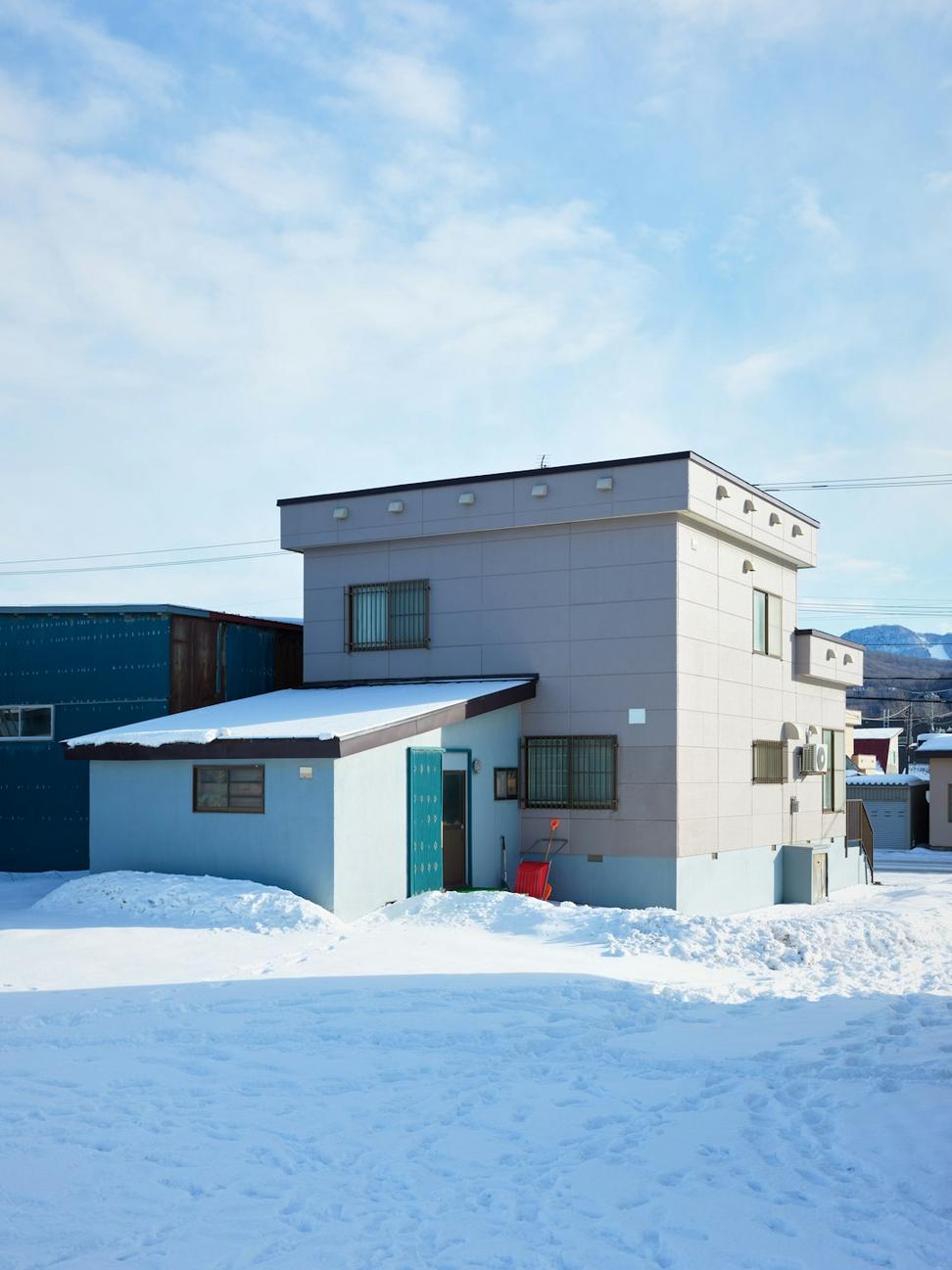
Our Story
Designing resilient structures for harsh northern environments
Look, we didn't start out thinking we'd become the go-to folks for buildings that can handle -40 degrees. It kinda happened organically back in 2012 when our founding partner, Sarah Chen, was working on a community center up in Nunavut and realized most architecture firms just weren't equipped for the reality of extreme cold.
What began as a side project turned into an obsession. We spent years learning from Indigenous builders, studying traditional methods that've kept people warm for centuries, then blending that wisdom with cutting-edge sustainable tech. Honestly, some of our early attempts were... let's say "learning experiences." But each project taught us something new about how materials behave when it's cold enough to freeze diesel fuel.
These days, we're a team of twelve dedicated architects and engineers based in Toronto, but we've worked everywhere from Yellowknife to Churchill to remote mining operations in northern Quebec. We've seen what works and what fails spectacularly when winter hits hard.
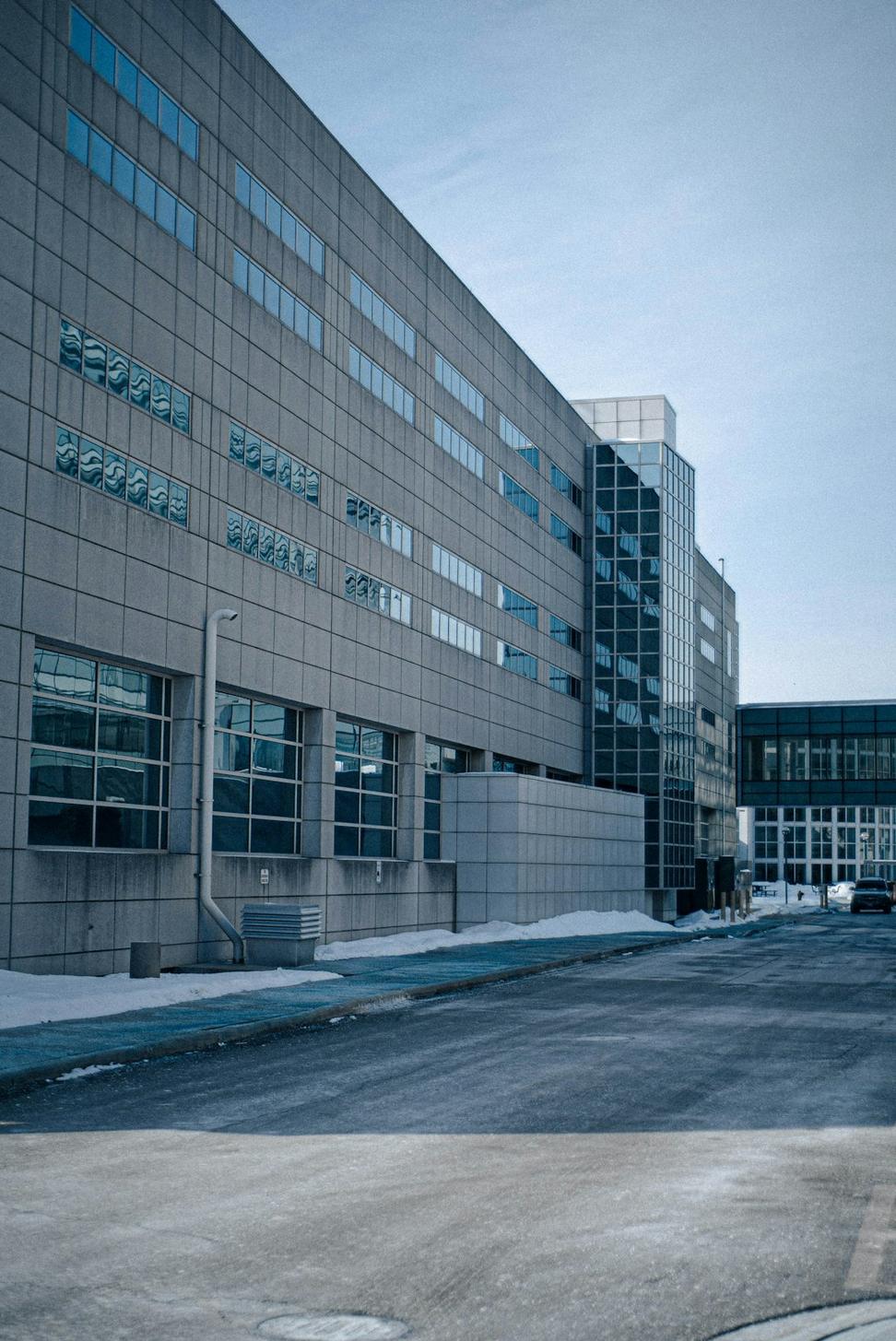
We don't fight winter - we work with it. Every design starts by understanding local weather patterns, wind direction, sun angles, and how snow accumulates. You can't just take a southern design and plop it in the north. Doesn't work that way.
Traditional northern building techniques exist for a reason. We're constantly studying historical structures and indigenous methods, then adapting those principles with modern materials and technology. There's incredible wisdom in designs that've survived hundreds of winters.
The Arctic's changing fast, and buildings that pump out emissions are part of the problem. We design for passive solar gain, super-insulation, and energy recovery. Our projects typically use 60-70% less energy than conventional northern buildings.
We're not interested in buildings that need major repairs in 15 years. Cold climate construction is expensive and difficult, so we design structures that'll serve communities for 50, 75, even 100 years. That means thinking long-term about materials, maintenance access, and adaptability.
Sarah Chen founded the firm after completing her first northern community center project. Started with just three people working out of a tiny office on Queen Street.
Our Yellowknife housing project won the Canadian Green Building Council's Northern Innovation Award. Put us on the map as serious cold climate specialists.
Partnered with University of Toronto's Arctic research program. Moved to our current Bay Street location and doubled our team size.
Completed Canada's first net-zero community building above the Arctic Circle. This project changed what people thought was possible in extreme climates.
Working on 15+ projects across northern Canada. Training the next generation of cold climate architects through our internship program. Still learning something new with every build.
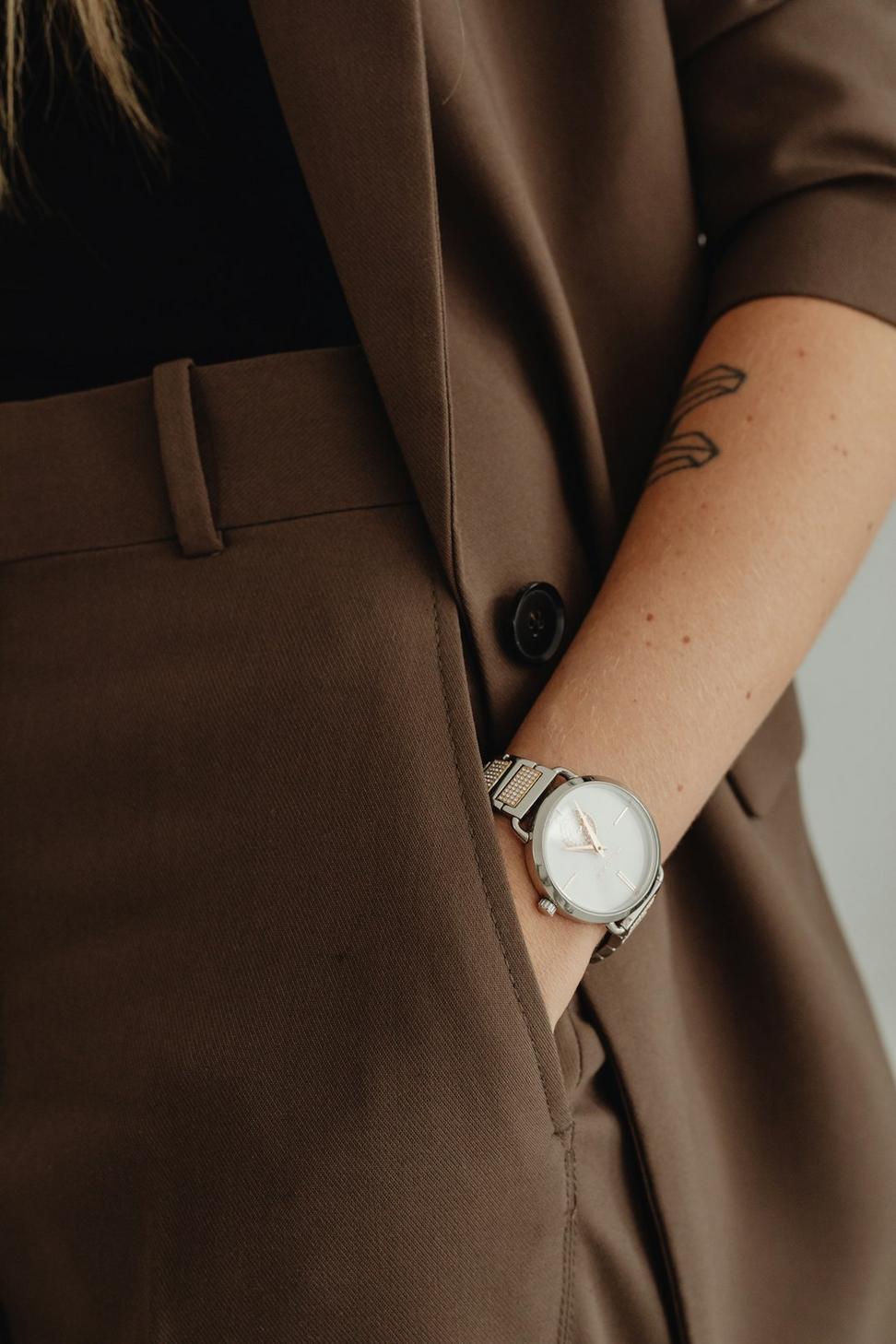
Founding Principal
Started this whole adventure after getting frostbite on her first northern site visit. Now she's probably got more hours in the Arctic than most polar bears. Specializes in community-centered design.
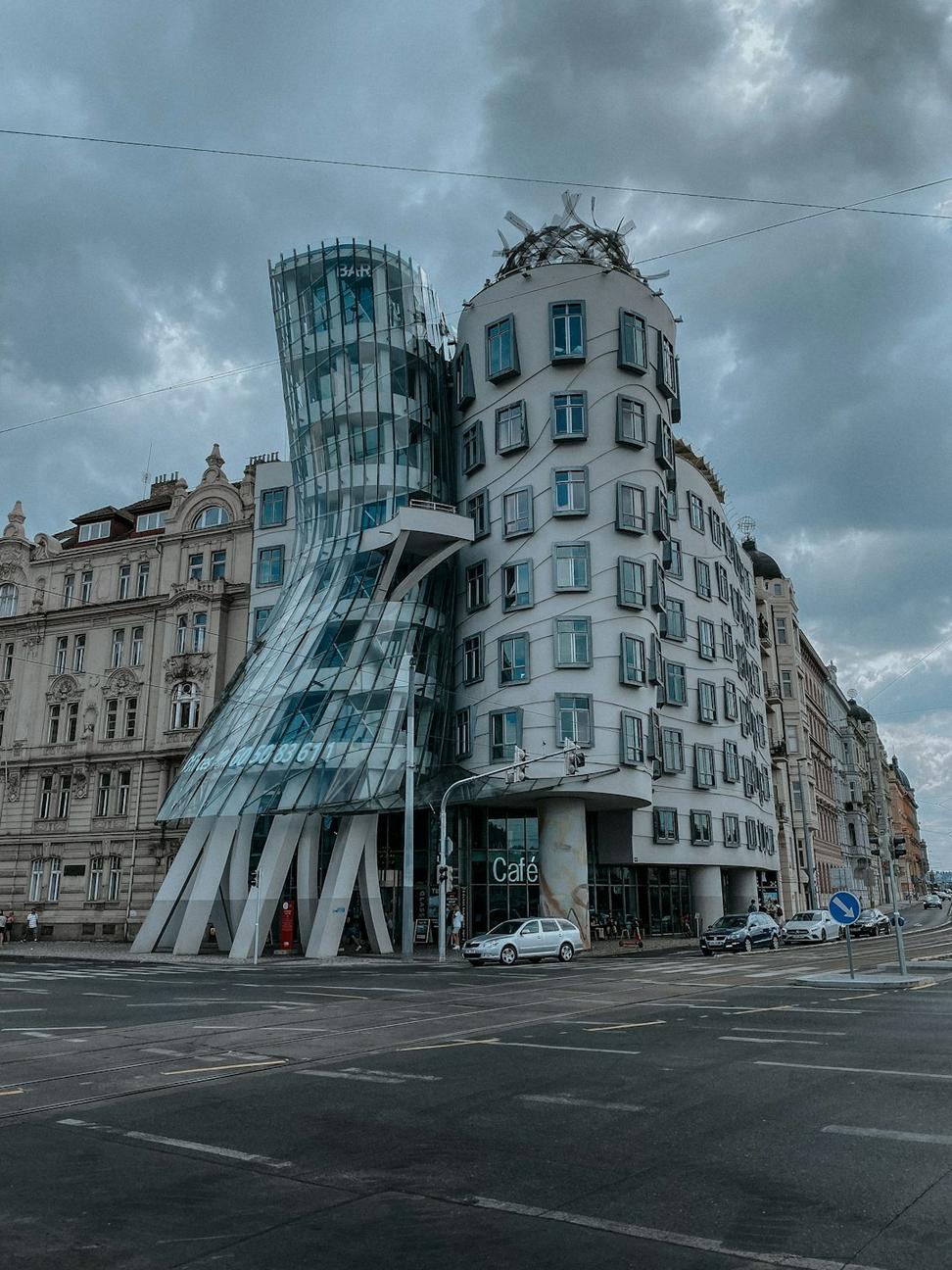
Senior Architect
Grew up in Iqaluit and knows cold climate building from lived experience. He's our cultural bridge, making sure we're respectful and relevant to the communities we serve. Also makes a mean bannock.
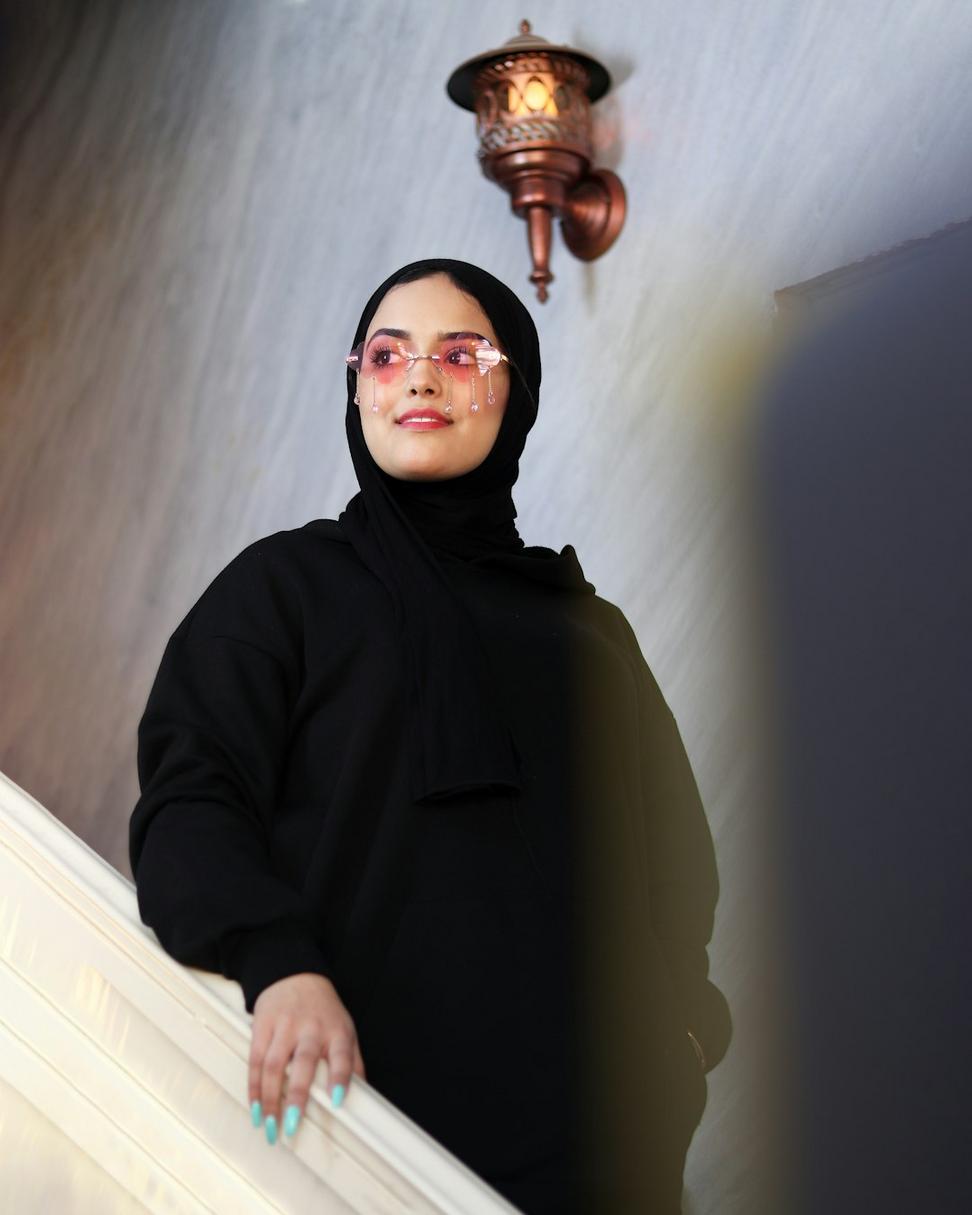
Lead Sustainability Engineer
The numbers genius behind our energy modeling. If Elena says it'll work at -45°C, it'll work. She's got a PhD in building science and an unhealthy obsession with thermal bridging.
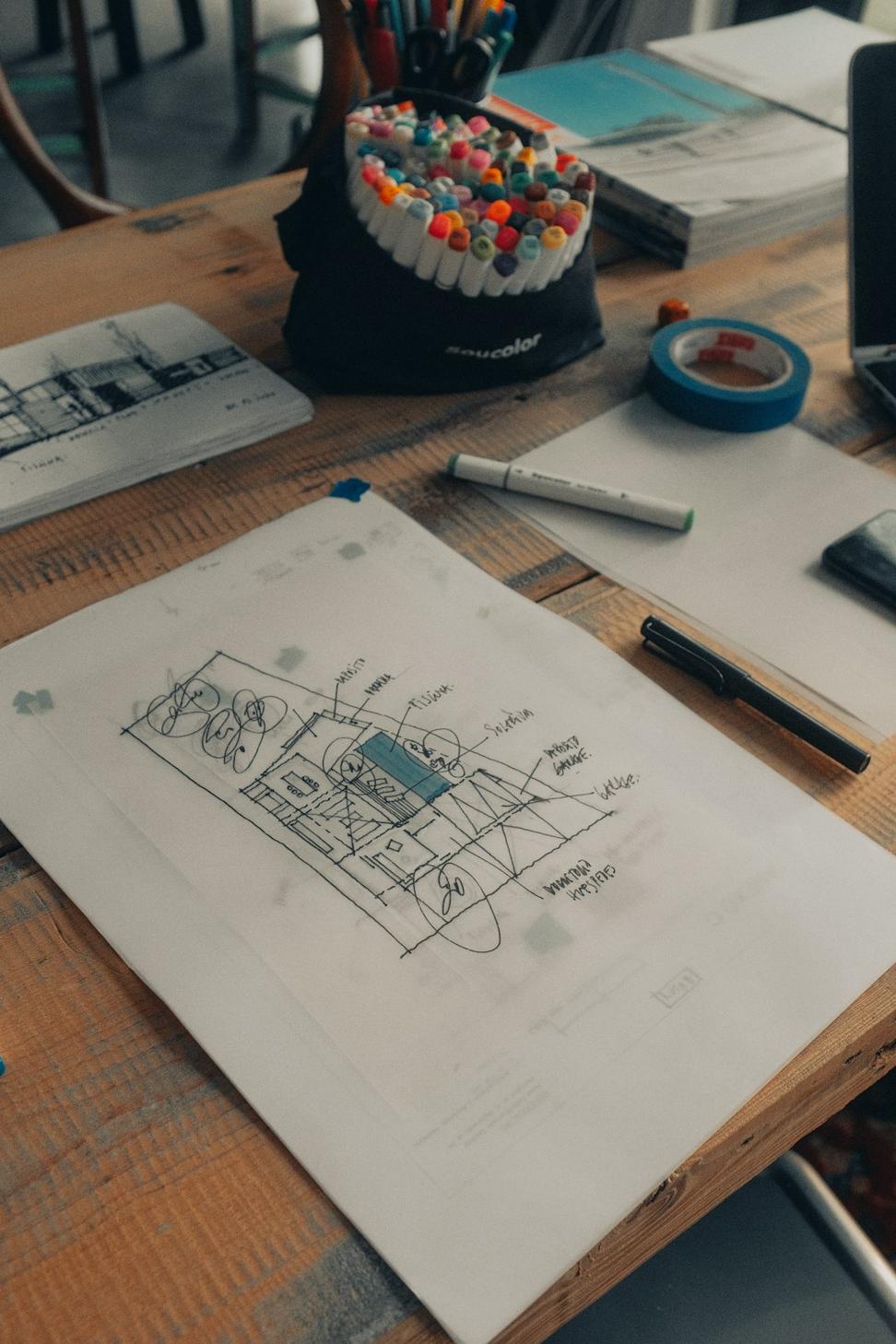
Here's the thing - every cold climate project is different. What works in Whitehorse won't necessarily work in Churchill. So we don't do cookie-cutter designs.
We start by listening. A lot. To you, to the community, to local builders who know the area. Then we spend time on-site, watching how wind moves, where snow drifts pile up, how the sun tracks across the sky. Yeah, it takes longer. But it means we're designing for the actual conditions, not some generic "northern building."
Our team's pretty collaborative - the architects work directly with the engineers from day one, not handing off a design and hoping it works structurally. We use a ton of computer modeling to test energy performance before we build, but we also trust old-school observation and local knowledge.
And we stick around after construction. Most of our clients become long-term partners because buildings need adjusting as they settle in and as climate patterns shift.
Whether you're planning a home, commercial building, or community space in cold climates, we'd love to hear about it. Let's figure out what's possible.
Get In Touch